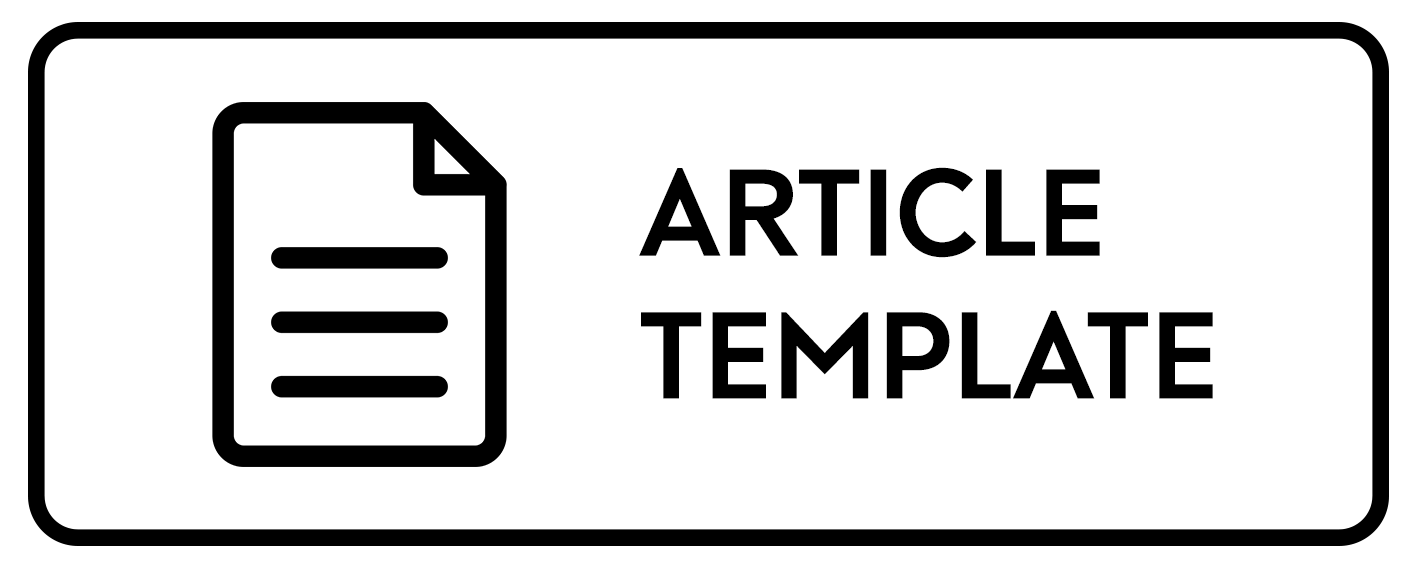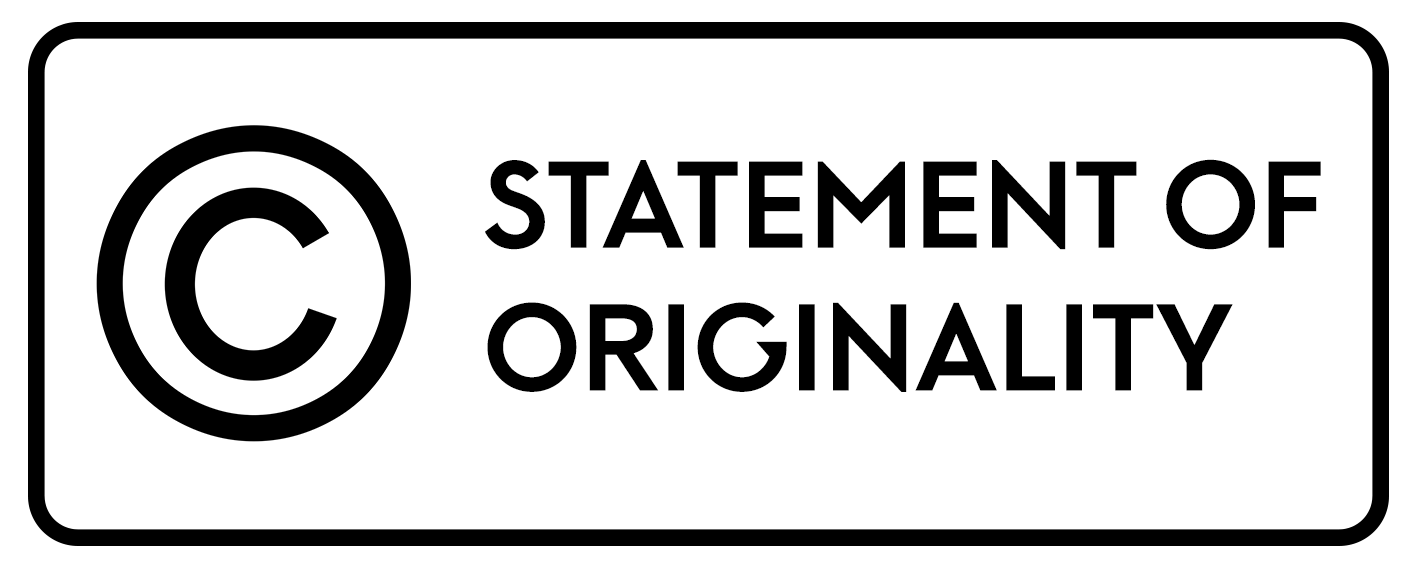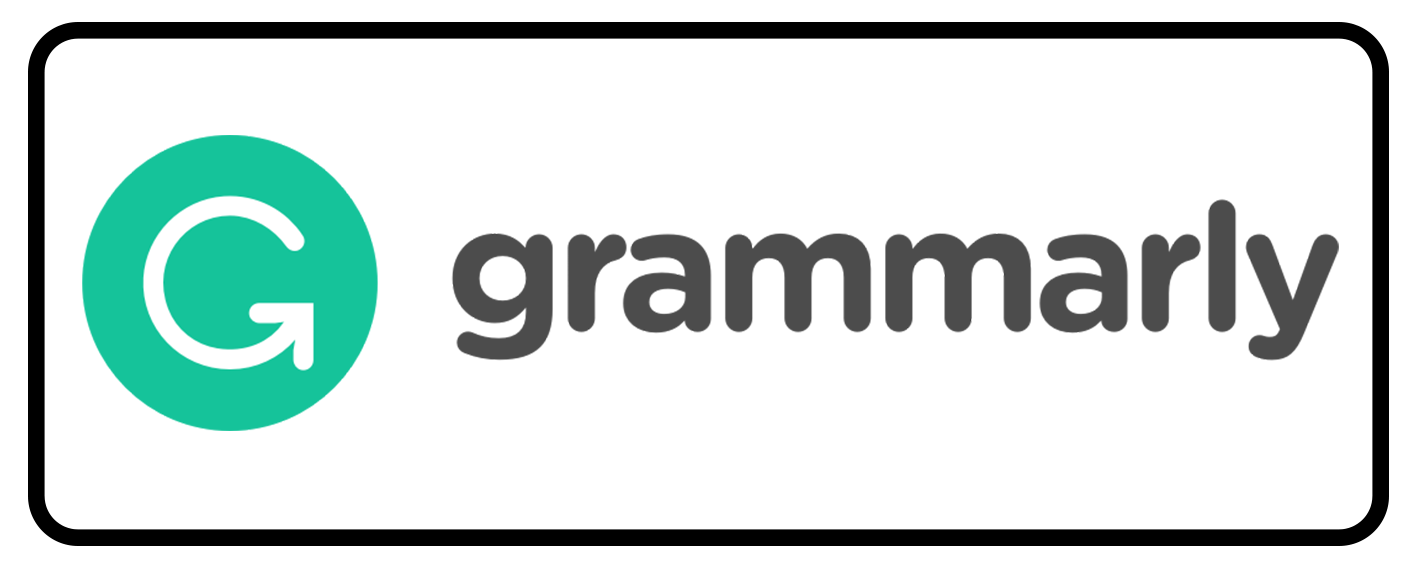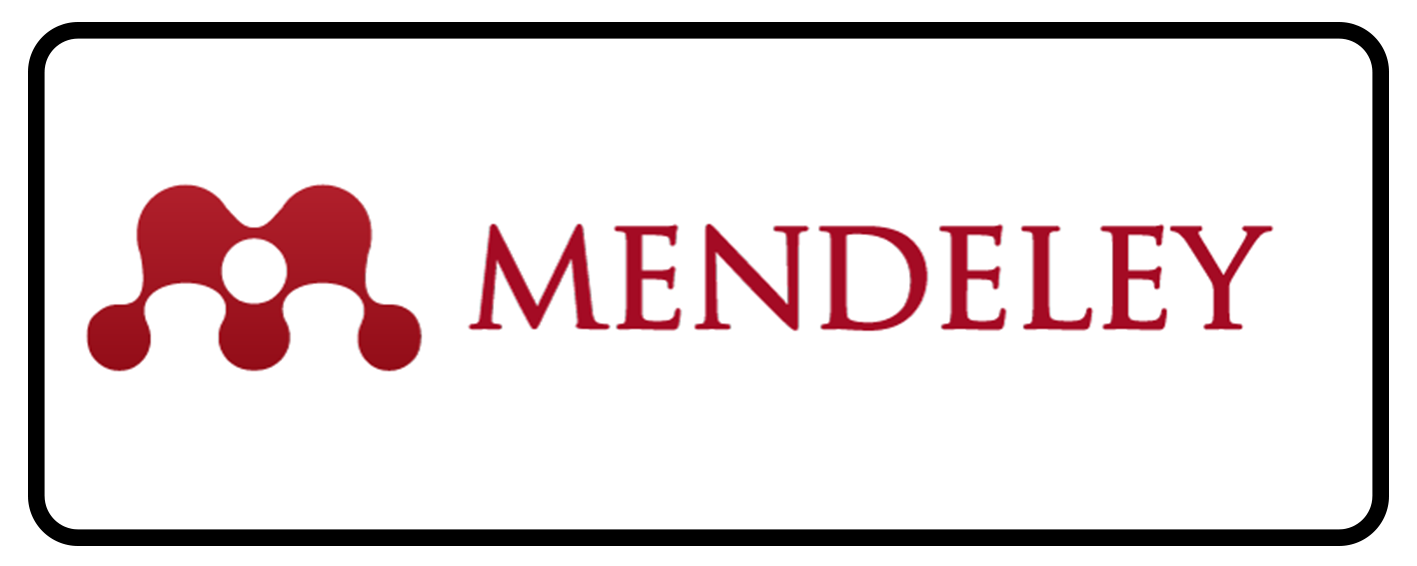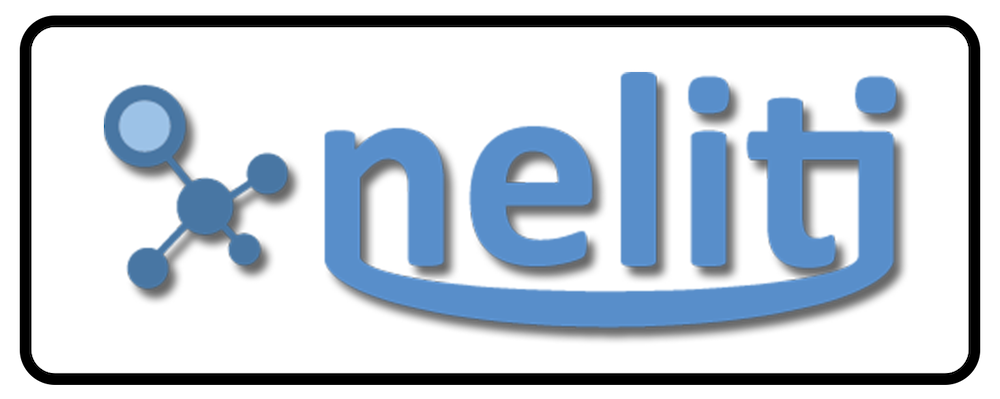TRANSLANGUAGING PRACTICES IN EFL CLASSROOMS: EVIDENCE FROM INDONESIA
Abstract
The aim of this paper is to elucidate a comprehensive perspective on translanguaging practices in EFL classrooms in Indonesia by reviewing empirical literature published in scientific journals and/or proceedings focusing on four primary areas, which include: (1) research methodology, (2) advantages and disadvantages of translanguaging, (3) languages used when translanguaging, and (4) perceptions and attitudes toward translanguaging. The findings indicate all of the studies under review were conducted through a qualitative approach with the instruments of observations, interviews, and questionnaire. Teachers and students have the benefit of translanguaging practices in EFL classrooms, yet it should be taken into account that L1 should be adopted judiciously. They translanguage using English, Indonesian, and local languages and even foreign languages other than English. They have voiced their agreement to the implementation of translanguaging as pedagogy since it positively impacts EFL teaching and learning. However, few teachers have contrasting views about this voice. Suggestions for future research on translanguaging are also discussed.
Full Text:
PDF (Bahasa Inggris)References
Abduh, A., & Rosmaladewi, R. (2019). Language policy, identity, and bilingual education in Indonesia: A historical overview. XLinguae, 12(1), 219–227. https://doi.org/10.18355/XL.2019.12.01.17
Al-Bataineh, A., & Gallagher, K. (2018). Attitudes towards translanguaging: How future teachers perceive the meshing of Arabic and English in children’s storybooks. International Journal of Bilingual Education and Bilingualism, 1–15. https://doi.org/10.1080/13670050.2018.1471039
Beres, A. M. (2015). An overview of translanguaging: 20 years of ‘giving voice to those who do not speak.’ Translation and Translanguaging in Multilingual Contexts, 1(1), 103–118. https://doi.org/10.1075/ttmc.1.1.05ber
Bruen, J., & Kelly, N. (2014). Using a shared L1 to reduce cognitive overload and anxiety levels in the L2 classroom. Language Learning Journal, 368–381. https://doi.org/10.1080/09571736.2014.908405
Burton, J., & Rajendram, S. (2019). Translanguaging-as-resource: university ESL instructors’ language orientations and attitudes toward translanguaging. TESL Canada Journal, 36(1), 21–47. https://doi.org/10.18806/tesl.v36i1.1301
Canagarajah, S. (2013). Translingual practice: Global Englishes and cosmopolitan relations. Routledge.
Cao, X., & Gao, X. (Andy). (2020). Multilingualism and translanguaging in Chinese language classrooms: A book review. System, 88. https://doi.org/10.1016/j.system.2019.102183
Cenoz, J., & Gorter, D. (2017). Minority languages and sustainable translanguaging: Threat or opportunity? Journal of Multilingual and Multicultural Development, 38(10), 901–912. https://doi.org/10.1080/01434632.2017.1284855
Copland, F., & Yonetsugi, E. (2016). Teaching English to young learners: Supporting the case for the bilingual native English speaker teacher. Classroom Discourse, 7(3), 221–238. https://doi.org/http://dx.doi.org/10.1080/19463014.2016.1192050
Cresswell, J. W. (2009). Research design: Qualitative, quantitative, and mixed methods approaches (Third). SAGE Publications Inc. https://doi.org/10.2307/1523157
Edwards, J. (1994). Multilingualism. Routledge.
Edwards, J. (2013). Bilingualism and multilingualism: Some central concepts. In T. K. Bhatia & W. C. Ritchie (Eds.), The Handbook of Bilingualism and Multilingualism (2nd ed.). Blackwell Publishing Ltd.
Egaña, E. A., Cenoz, J., & Gorter, D. (2015). Teachers ’ beliefs in multilingual education in the Basque country and in Friesland. Journal of Immersion and Content-Based Language Education, 3(2), 169–193. https://doi.org/10.1075/jicb.3.2.01aro
Ellis, E. M. (2007). Discourses of L1 an bilingual teaching in adult ESL. TESOL in Context, 16(2), 5–11.
Escobar, C. F., & Dillard-Paltrineri, E. (2015). Professors’ and students’ conflicting beliefs about translanguaging in the EFL classroom: Dismantling the monolingual bias. Revista de Lenguas Modernas, 23, 301–328. https://doi.org/10.15517/rlm.v0i23.22355
García, O., & Wei, L. (2014). Translanguaging: Language, bilingualism and education (1st ed.). Palgrave Macmillan.
Hall, G., & Cook, G. (2012). Own-language use in language teaching and learning. Language Teaching, 45(3), 271–308. https://doi.org/10.1017/S0261444812000067
Hamied, F. A. (2012). English in multicultural and multilingual Indonesian education. In A. Kirkpatrick & R. Sussex (Eds.), English as an International Language in Asia: Implications for Language Education (pp. 63–78). Springer.
Haukås, Å. (2016). Teachers’ beliefs about multilingualism and a multilingual pedagogical approach. International Journal of Multilingualism, 13(1), 1–18. https://doi.org/10.1080/14790718.2015.1041960
Heugh, K. A., Li, A., & Song, Y. (2017). Multilingualism and translanguaging in the teaching of and through English: Rethinking linguistic boundaries in an Australian University. In B. Fenton-Smith, P. Humphries, & I. Walkinshaw (Eds.), English Medium Instruction in Higher Education in Asia-Pacific: Issues and Challenges from Policy to pedagogy (pp. 1–25). Springer.
Hobbs, R. D. (2012). Diverse multilingual researchers contribute language acquisition components to an integrated model of education. International Journal of Multilingualism, 9(3), 204–234. https://doi.org/10.1080/14790718.2011.630736
Kampittayakul, T. (2018). The role of translanguaging in improving Thai learners’ interactional competence in dyadic English as a foreign language tutorial sessions. PASAA, 56(July-December), 80–111.
Ke, I. C. (2019). Has English been increasingly tested as an international language? Evidence from 1956–2016. Language, Culture and Curriculum, 32(2), 191–206. https://doi.org/10.1080/07908318.2018.1512609
Khairunnisa, & Lukmana, I. (2020). Teachers’ attitudes towards translanguaging in Indonesian EFL classrooms. Jurnal Penelitian Pendidikan, 20(2), 254–266.
Lauder, A. (2008). The status and function of English in Indonesia: A review of key factors. MAKARA, SOSIAL HUMANIORA, 12(1), 9–20.
Lee, J. W. (2018). The politics of translingualism after Englishes. In Routledge Studies in Sociolinguistics. Routledge.
Miles, M. B., Huberman, A. M., & Saldana, J. (2014). Qualitative data analysis: A methods sourcebook (3rd ed.). SAGE Publications Inc.
Mills, G. E., & Gay, L. R. (2016). Educational research: Competencies for analysis and applications (11th ed.). Pearson Education Limited.
MIT Libraries. (2020). Database search tips: Boolean operators. https://libguides.mit.edu/c.php?g=175963&p=1158594
Motlhaka, H. A., & Makalela, L. (2016). Translanguaging in an academic writing class: Implications for a dialogic pedagogy. Southern African Linguistics and Applied Language Studies, 34(3), 251–260. https://doi.org/10.2989/16073614.2016.1250356
Nagy, T. (2018). On translanguaging and its role in foreign language teaching. Acta Universitatis Sapientiae, Philologica, 10(2), 41–53. https://doi.org/10.2478/ausp-2018-0012
Paker, T., & Karaağaç, Ö. (2015). The use and functions of mother tongue in EFL classes. Procedia - Social and Behavioral Sciences, 199, 111–119. https://doi.org/10.1016/j.sbspro.2015.07.494
Portolés, L., & Martí, O. (2020). Teachers’ beliefs about multilingual pedagogies and the role of initial training. International Journal of Multilingualism, 17(2), 248–264. https://doi.org/10.1080/14790718.2018.1515206
Putrawan, G. E. (2019). EFL learners’ beliefs about positive and negative effects of translation as a learning strategy in Indonesia. Asian Journal of Applied Linguistics, 6(2), 221–237. http://caes.hku.hk/ajal
Putrawan, G. E., Mustika, I. W., & Riadi, B. (2019). A study on EFL learners’ belief about translation as a learning strategy in Indonesia. Kervan. International Journal of Afro-Asiatic Studies, 23(1), 235–249. https://doi.org/10.13135/1825-263x/3318
Rabbidge, M. (2019). The effects of translanguaging on participation in EFL classrooms. Journal of Asia TEFL, 16(4), 1305–1322. https://doi.org/10.18823/asiatefl.2019.16.4.15.1305
Rahmawansyah, R. (2019). Translanguaging as a pedagogical strategy in EFL classroom. ELT - Lectura, 5(2), 139–146. https://doi.org/https://doi.org/10.31849/elt-lectura.v6i2.3032
Rasman. (2018). To translanguage or not to translanguage? The multilingual practice in an indonesian EFL classroom. Indonesian Journal of Applied Linguistics, 7(3), 687–694. https://doi.org/10.17509/ijal.v7i3.9819
Rerung, K. M. T. (2015). Evaluating translanguiging practices in bilingual classrooms. Journal of English Language and Culture, 5(1), 133–147.
Rerung, M. K. T. (2017). Reflecting Translanguaging in Classroom Practices: A Case Study. Journal of English Language and Culture, 7(1), 17–22. https://doi.org/10.30813/jelc.v7i1.1019
Robinson, E., Tian, Z., Martínez, T., & Qarqeen, A. (2018). Teaching for justice: Introducing translanguaging in an undergraduate TESOL course. Journal of Language and Education, 4(3), 77–87. https://doi.org/10.17323/2411-7390-2018-4-3-77-87
Romanowski, P. (2019). Translanguaging in the Polish educational context: Lessons learnt from IB schools. Bellaterra Journal of Teaching and Learning Language and Literature, 12(1), 5–24. https://doi.org/10.5565/rev/jtl3.795
Sadeghpour, M., & Sharifian, F. (2017). English language teachers’ perceptions of world Englishes: the elephants in the room. Asian Englishes, 19(3), 242–258. https://doi.org/10.1080/13488678.2017.1362782
Sahib, R. bin. (2019). The use of translanguaging as a pedagogical strategy in EFL. LET: Linguistics, Literature and Language Teaching Journal, 9(2), 154–180.
Sahib, R., Ukka, S. bin, Nawing, N., & Sari, H. (2020). West Papuan teachers’ perceptions on translanguaging practices in EFL classroom interaction. ELT-Lectura: Studies and Perspectives in English Language Teaching, 7(2), 73–84.
Santoso, W. (2020). Translanguaging through the lens of sociocultural approach: Students’ attitudes and practices. Jurnal Pendidikan Bahasa, 9(1), 1–19. https://doi.org/10.31571/bahasa.v9i1
Sapitri, N. M., Batan, I. G., & Myartawan, I. P. N. . (2018). Functions of teachers’ translanguaging in the EFL classroom at two junior high schools in Singaraja. Lingua Scientia, 25(1), 29–36. https://doi.org/10.23887/ls.v25i1.18821
Saputra, W. A. (2020). Exploring the implementation of translanguaging in EFL classrooms: Perspectives from higher education institutions (HEIs) students in Indonesia E. English Language Teaching International Conference (ELTIC) Proceedings, February, 299–302.
Saputra, W. A., & Akib, E. (2018). Translanguaging in English as foreign language (EFL) classroom assessment: A discourse analysis in Indonesian university. The 65th TEFLIN International Conference, 12-14 July, 141–149.
Seals, C., Olsen-Reader, V., Pine, R., Ash, M., & Wallace, C. (2020). Creating translingual teaching resources based on translanguaging grammar rules and pedagogical practices. Australian Journal of Applied Linguistics, 3(1), 115–132. https://doi.org/10.29140/ajal.v3n1.303
Setyabudi, T. (2017). Language policy in Indonesia. The 3rd International Conference on Science, Technology, and Humanity, 157–168.
Shin, J. Y., Dixon, L. Q., & Choi, Y. (2020). An updated review on use of L1 in foreign language classrooms. Journal of Multilingual and Multicultural Development, 41(5), 406–419. https://doi.org/10.1080/01434632.2019.1684928
Siregar, M. (2020). Translanguaging Used By English Teacher at Vocational Schools Medan. Budapest International Research and Critics in Linguistics and Education (BirLE) Journal, 3(2), 1259–1266. https://doi.org/10.33258/birle.v3i2.1162
Soruç, A., & Griffiths, C. (2021). Inspiring pre-service English language teachers to become ELF-aware. RELC Journal, Online First, 1–13. https://doi.org/https://doi.org/10.1177%2F00336882211001966
Sunarti, I., Sumarti, S., Riadi, B., & Putrawan, G. E. (2019). Terms of address in the Pubian dialect of Lampung (Indonesia). Kervan. International Journal of Afro-Asiatic Studies, 23(2), 237–264.
Tarnanen, M., & Palviainen, Å. (2018). Finnish teachers as policy agents in a changing society. Language and Education, 32(5), 428–443. https://doi.org/10.1080/09500782.2018.1490747
Tucker, G. R. (1998). A global perspective on multilingualism and multilingual education. In J. Cenoz, F. Genesee, & J. Edwards (Eds.), Beyond Bilingualism: Multilingualism and Multilingual Education. Multilingual Matters. https://doi.org/10.2307/417241
Vaish, V. (2018). Translanguaging pedagogy for simultaneous biliterates struggling to read in English. International Journal of Multilingualism, 286–301. https://doi.org/10.1080/14790718.2018.1447943
Vaish, V. (2019). Challenges and directions in implementing translanguaging pedagogy for low achieving students. Classroom Discourse, 10(3–4), 274–289. https://doi.org/10.1080/19463014.2019.1628790
Wang, D. (2019). Translanguaging in Chinese foreign language classrooms: Students and teachers’ attitudes and practices. International Journal of Bilingual Education and Bilingualism, 22(2), 138–149. https://doi.org/10.1080/13670050.2016.1231773
Wedananta, K. A. (2020). Code-switching as a translanguaging to transfer cross-cultural understanding in English classroom: Teachers’ perception. International Journal of Linguistics, Literature and Culture, 6(1), 70–78. https://doi.org/10.21744/ijllc.v6n1.845
Wei, L. (2011). Moment Analysis and translanguaging space: Discursive construction of identities by multilingual Chinese youth in Britain. Journal of Pragmatics, 43(5), 1222–1235. https://doi.org/10.1016/j.pragma.2010.07.035
Widodo, H. P. (2016). Language Policy in Practice: Reframing the English Language Curriculum in the Indonesian Secondary Education Sector. In R. Kirkpatrick (Ed.), English Language Education Policy in Asia (Vol. 11, pp. 132–151). Springer International Publishing. https://doi.org/10.1080/14664208.2016.1221542
Yuvayapan, F. (2019). Translanguaging in EFL classrooms: Teachers’ perceptions and practices. Journal of Language and Linguistic Studies, 15(2), 678–694. https://doi.org/10.17263/jlls.586811
Zein, S. (2018). Translanguaging in the EYL classroom as a metadiscursive practice: Preparing prospective teachers. In S Zein & R. Stroupe (Eds.), English language teacher preparation in Asia: Policy, research and practice (pp. (pp. 47–62). Routledge.
Zein, Subhan. (2019). English, multilingualism and globalisation in Indonesia. English Today, 35(1), 48–53. https://doi.org/10.1017/S026607841800010X
Zein, Subhan. (2020). Language policy in superdiverse Indonesia (1st ed.). Routledge. https://doi.org/https://doi.org/10.4324/9780429019739
DOI: http://dx.doi.org/10.30872/calls.v8i1.7973
Copyright (c) 2022 Gede Eka Putrawan

This work is licensed under a Creative Commons Attribution-ShareAlike 4.0 International License.
Editorial address:
Fakultas Ilmu Budaya, Universitas Mulawarman
Address: Jl. Ki Hajar Dewantara, Gunung Kelua, Kec. Samarinda Ulu, Kota Samarinda, Kalimantan Timur, Indonesia 75123
Email: jurnalcalls@fib.unmul.ac.id
Website: http://e-journals.unmul.ac.id/index.php/CALLS

CaLLs: Journal of Culture, Arts, Literature, and Linguistics site is licensed under a Creative Commons Attribution-ShareAlike 4.0 International License
CaLLs: Journal of Culture, Arts, Literature, and Linguistics indexing by:


